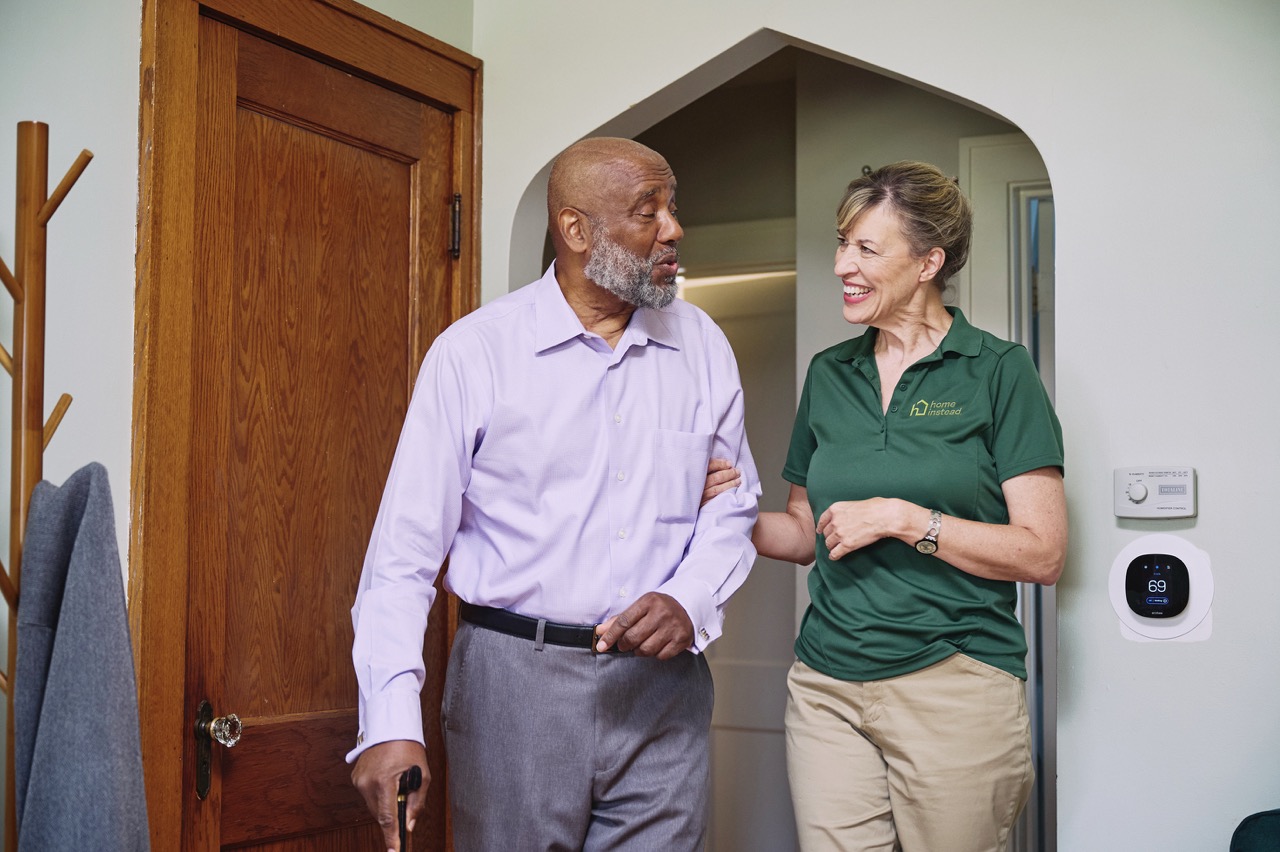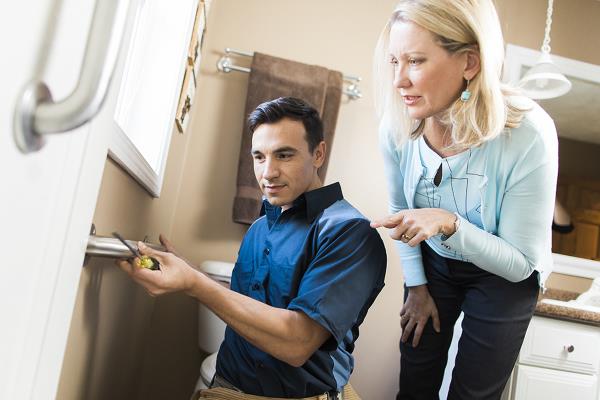
How to Use Our Home Safety Checklist to Support Aging in Place
For many older adults, home is more than a place—it’s where independence, comfort, and daily routines thrive. Aging in place safely is a goal shared by millions, and with the right support, it’s absolutely possible.
But even the most familiar spaces can become challenging over time. That’s why Home Instead developed a room-by-room home safety checklist for seniors—a practical tool to help identify risks and make simple, meaningful changes that support everyday well-being.
Why Fall Prevention at Home Matters
Falls are the leading cause of injury among older adults. In many cases, these incidents are avoidable with a few straightforward adjustments. Our checklist focuses on fall prevention for seniors, offering easy-to-implement solutions that reduce risks and help protect what matters most—your ability to live confidently at home.
Even simple home modifications for older adults—like better lighting, secured rugs, or accessible storage—can dramatically improve daily safety and comfort.
How to Use the Senior Home Safety Checklist Effectively
Whether you're using the checklist for yourself or reviewing it with a loved one, it can be more than just a to-do list—it’s a way to open up important conversations about aging, independence, and support needs.
Here’s how to make the most of it:
Start with the highest-traffic areas. Begin in the bathroom, kitchen, and bedroom. These rooms typically hold the greatest potential for slips, trips, or accessibility issues.
Observe daily routines. Think about what happens from morning to night. Are there places where balance feels off, or mobility is harder than it used to be?
Go at your own pace. Not every change needs to happen all at once. The checklist helps prioritize improvements based on where the biggest impact can be made.
Invite support. Another set of eyes—whether from a family member or Care Professional—can help catch safety concerns that may have gone unnoticed.
Explore our room-by-room home safety checklist for seniors.
When Safety Concerns Point to a Bigger Need
Sometimes the checklist reveals more than just simple hazards. Maybe there’s difficulty keeping up with meals, managing medications, or getting around without support.
That’s when Home Instead can help.Our caregivers, we call them Care Pros, are trained to support both aging adults and their families with tasks that go beyond safety—like personal care, housekeeping, and companionship—all while helping you or your loved one age in place with dignity.
Get personalized in-home care advise with a Free Care Consultation. We'll talk through your needs and explore how we can help create a safer, more supportive home.
A Safer Home, a Better Tomorrow
Creating a safer home doesn’t have to mean giving up what you love—it means protecting it. The sooner you begin, the more confident you’ll feel in your space, your independence, and your future.
At Home Instead, we’re here to help you find a better what’s next—starting at home.
Frequently Asked Questions
What are the most common safety hazards for seniors at home?
Falls are the leading cause of injury for older adults. Common risks include poor lighting, loose rugs, uneven flooring, and cluttered walkways.
How can I make my aging parent’s home safer?
Start with a detailed home safety checklist. Focus on high-risk areas like bathrooms and stairways. Look for simple changes such as installing grab bars, improving lighting, and removing tripping hazards.
What are the best home modifications for older adults?
Some of the most effective changes include non-slip flooring, stair railings, raised toilet seats, walk-in showers, and motion-sensor lights. These updates help older adults move around their homes more safely and independently.
Is it better for seniors to age in place or move into assisted living?
It depends on the individual's needs and preferences. Many older adults prefer to age in place for comfort and familiarity. With the right safety updates and in-home care, staying at home is a viable and safe option for many.
How often should we check for safety issues in the home?
At least once a year, or anytime there’s a significant change in health or mobility. Seasonal changes (like icy walkways or daylight saving time) are also a great time to review your home safety setup.
Compassionate Home Care



